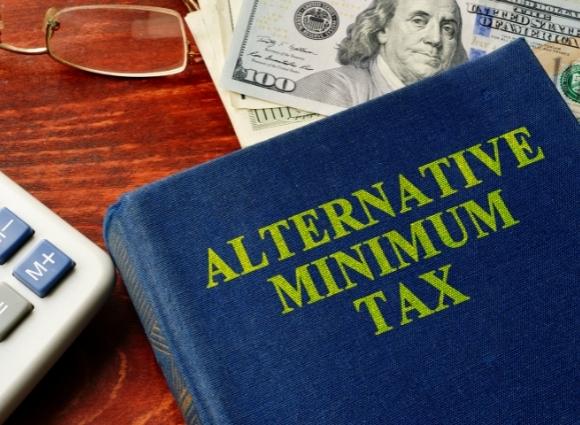
Are You at Risk for Alternative Minimum Tax (AMT)?
The Alternative Minimum Tax (AMT) is a separate income tax that can apply to high income individuals. Nobody wants to pay more tax than necessary, so it’s common for people to take advantage of various tax benefits that reduce their taxable income. That’s where the AMT kicks in, to ensure that those individuals pay at least a minimum tax amount.
To determine whether you’re subject to AMT, both your AMT and regular tax amounts are calculated. If your tentative minimum tax is greater than your regular tax amount for that year, you’ll owe AMT. Here are some situations where your AMT risk may be higher:
- Higher income levels. The Tax Cuts and Jobs Act (TCJA) lowered regular tax rates and kept AMT rates at 26% and 28%, which increases your odds of owing AMT. However, the TCJA also raised the AMT income exemption amount for tax years 2018 through 2025. The AMT exemption amount is subtracted when calculating your AMT income. For 2021, the AMT exemption is $114,600 for married filing jointly and $73,600 for single taxpayers.
- Exercising an “in the money incentive stock option (ISO)”. The difference between the market value of your shares and your ISO exercise price is considered income under AMT rules but not under regular tax rules.
- Taking the standard deduction. Standard deduction amounts are allowed under regular tax rules but not under AMT rules.
- Depreciation deductions. If your pass-through entity claims depreciation deductions from businesses and investments, those can create AMT adjustments that may increase your AMT income. The entire cost of qualifying depreciable assets placed in service between September 28, 2017 and December 31, 2022 can be deducted under both regular and AMT tax rules, which reduces this AMT risk factor, but the risk still exists for assets depreciated under pre-TCJA rules.
- Private activity bond interest income. This interest income is tax-free under regular tax rules but is taxable under AMT rules.
- Minimum tax credits. A portion of your AMT liability can potentially generate a minimum tax credit which can be carried forward to future tax years and used to reduce your regular tax liability to the level of your AMT liability.
Provisions of the TCJA made AMT less likely for 2018 through 2025, but it’s not eliminated, especially if you’ve experienced some of the above risk factors. If this is your situation, contact your Mize tax advisor to discuss potential strategies that might reduce your AMT risk.



